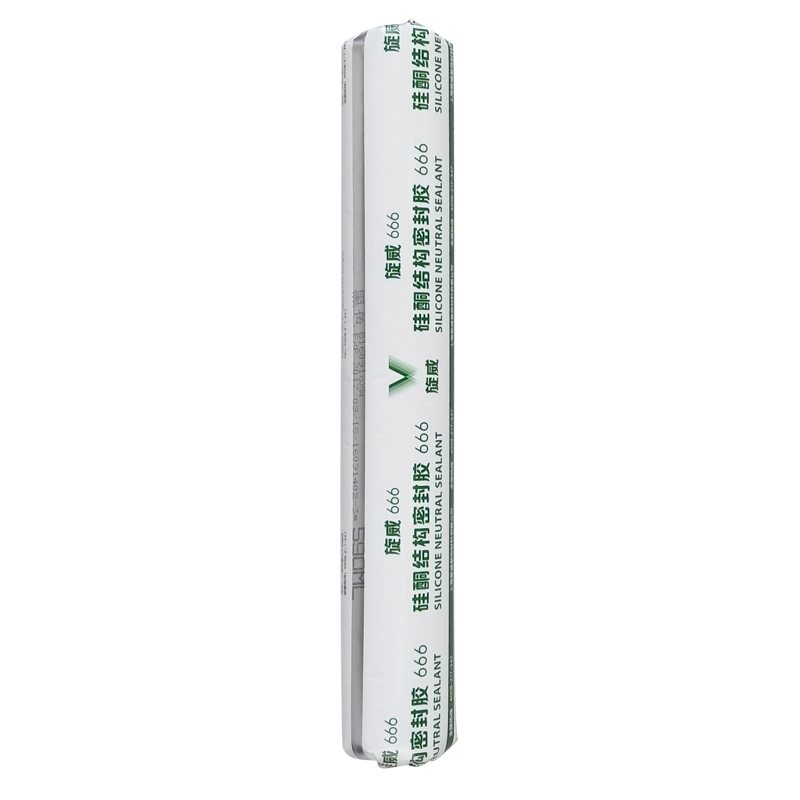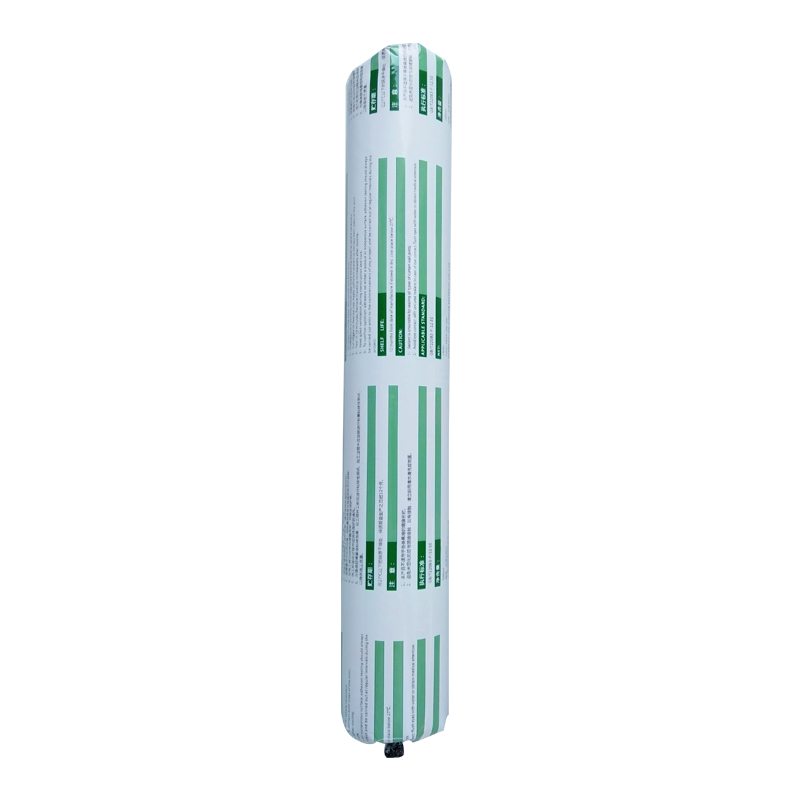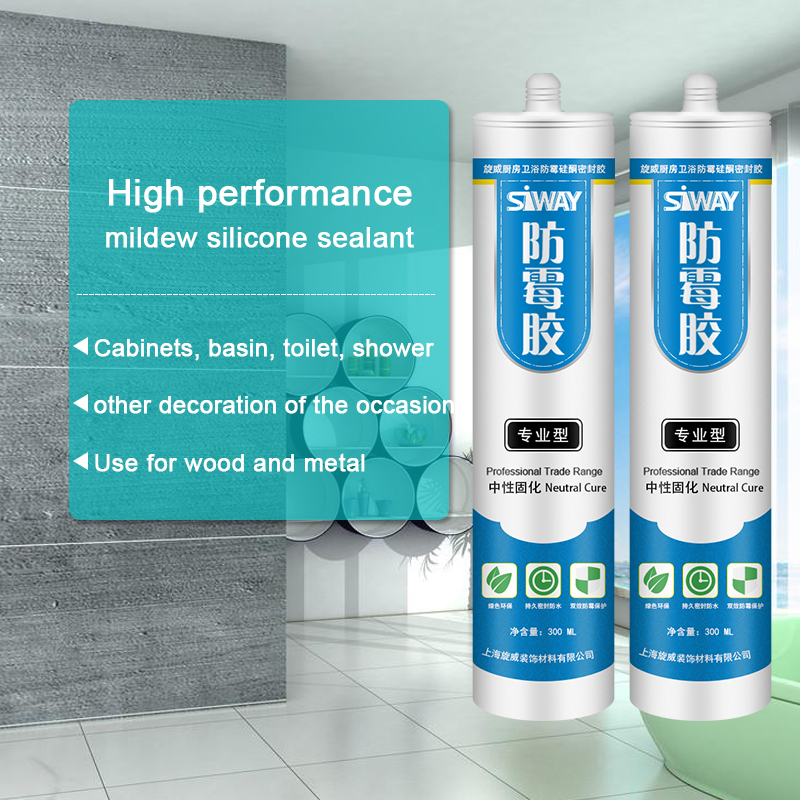Original Factory SV-666 General Use Neutral Sealant to Istanbul Manufacturer
Short Description:
Description SV-666 neutral silicone sealant is a neutral curing glue single component, the modulus of the. It is specially designed for windows and doors caulking sealing general plastic doors and windows. It has good adhesion to glass and aluminum alloy, and has no corrosion. Where to use It is fit for multiple purpose sealing and bonding applications to form a silicone rubber adhering to adjacent substrates e.g. glass, ceramic, tile, wood and metal. Key Features 1. 100% silicone 2. Eas...
We have many excellent staff members good at marketing, QC, and dealing with kinds of troublesome problem in the production process for Original Factory SV-666 General Use Neutral Sealant to Istanbul Manufacturer, We welcome new and old customers to contact us by phone or send us inquiries by mail for future business relationships and achieving mutual success.
Description
SV-666 neutral silicone sealant is a neutral curing glue single component, the modulus of the. It is specially designed for windows and doors caulking sealing general plastic doors and windows. It has good adhesion to glass and aluminum alloy, and has no corrosion.
Where to use
It is fit for multiple purpose sealing and bonding applications to form a silicone rubber adhering to adjacent substrates e.g. glass, ceramic, tile, wood and metal.
Key Features
1. 100% silicone
2. Easy to use
3. Waterproofing and weatherproofing
4. Primerless adhesion to most building materials
5. 12.5% movement capability
Technical data sheet
| Test standard | Test project | Unit | value |
| Before curing——25℃,50%R.H. | |||
| GB13477 | Flow, sagging or vertical flow | mm | 0 |
| GB13477 | surface drying time(25℃,50%R.H.) | min | 30 |
|
GB13477 |
Operating time | min | 20 |
| Curing time(25℃,50%R.H.) | Day | 7-14 | |
| Sealant curing speed and operating time will have different with different temperatures and temperature, high temperature and high humidity can make sealant curing speed faster, rather low temperature and low humidity are slower.21 days after curing——25℃,50%R.H. | |||
| GB13477 | Durometer Hardness | Shore A | 28 |
| GB13477 | The ultimate tensile strength | Mpa | 0.7 |
| Temperature stability | ℃ | -50~+150 | |
| GB13477 | Movement capability | % | 12.5 |
Certification
JC/T881-2001 12.5E;GB/T14683-2003 12.5E
Color
Black,White,Gray
Package
300ml in cartridge * 24 per box, 590ml in sausage *20 per box
Shelf life
12 months
Note
If you want the TDS or MSDS or other details, please contact with our sales person.
Replacing an RV faucet isn’t too different than replacing one in a regular house, especially since we’re installing ordinary household faucets. We’ll show you how easy it is in this step by step tutorial.
FEATURED AND RELATED PRODUCTS:
Hansgrohe Bath. Faucet – https://rvg.tips/hansgrohe-metris-chrome
Hansgrohe Kitch. Faucet – https://rvg.tips/hansgrohe-cento-faucet
3/8″ Compression to 1/2″ MIP Brass Adapter:
https://rvg.tips/3_8inx1_2in-brass-adapter
Pipe Sealant Tape: https://rvg.tips/plumbers-pipe-tape
Plumber’s Putty: https://rvg.tips/plumbers-putty
Non-staining Putty: https://rvg.tips/stainfree-plumbers-putty
Silicone Sealant: https://rvg.tips/ge-silicone-ii-clear
Slip-joint Pliers: https://rvg.tips/12in-slip-joint-pliers
Dremel 4000: https://rvg.tips/dremel-4000-2_30
RECENT & RELATED VIDEOS:
Nighthawk Lighted RV Tow Bar: https://youtu.be/PzyeEgImvY0
Tough Top Awnings Privacy Panels: https://youtu.be/7fDx–CWOrU
RV Roof Leak & Water Damage: https://youtu.be/y3eOwbJsGdA
RV Leveling Without Jacks: https://youtu.be/dnH3ZQEEyWY
Water Heater Tank Flushing: https://youtu.be/TL7AtXJYNcc
Connecting a BBQ Grill to an RV: https://youtu.be/Kbp4LiOjXbI
Hydraulic RV Jack Fail! : https://youtu.be/6q3R8b2wH_U
Behind the Scenes Plumbing: https://youtu.be/BKc4oO8zLLA
Replacing RV Water Filters: https://youtu.be/2UFdOssw69Q
Sanitizing an RV Water System: https://youtu.be/jEepug8N-aE
Sanitizing without a Winterizing Kit: https://youtu.be/lEBscJ-qb98
We did realize, after the fact, that we forgot to mention one minor detail. After shutting off the water, but before removing the water lines, you should open a faucet somewhere in the RV to relieve pressure in the system. If you didn’t do that, and got a little wetter than you would have, we’re sorry! ![]()
Join us at https://TheRVgeeks.com for more great RVing content!
Full-Time RVers since April, 2003, we share DIY (do it yourself) RV maintenance, repair, travel, upgrade and operational tips & tricks.
Many RVers are eager to learn more about using, maintaining and caring for their rigs. We hope our experience can help others go DIY, saving time & money, plus the satisfaction of a job well done.
We’re handy RVers, not professional technicians. We’re happy with the techniques and products we use, but be sure to confirm that all methods and materials you use are compatible with your equipment and abilities. Regardless of what we recommend, consult a professional if you’re unsure about working on your RV. Any task you perform or product you purchase based on any information we provide is strictly at your own risk.
We sometimes receive products for evaluation at no cost, but our opinions are our own and we only feature products we personally use, love and can recommend to friends with complete confidence. The RVgeeks participate in the Amazon Services LLC Associates Program, an affiliate advertising program designed to provide a means for sites to earn advertising fees by advertising and linking to Amazon.com.
Comments welcome! Thanks for watching! Don’t forget to subscribe!
Does the pressure in your Combi boiler or heating system boiler keep dropping? Here’s how to fix it! We’ll show you why it happens, and how to fix it. We’ll show you how the filling loop works with mains pressure, we’ll show you how the expansion vessel works and can fail, how the high pressure relief valve can release pressure and how a lack of inhibitor can cause air and a drop in pressure.
***VISIT OUR SPONSORS***
https://www.traderadiators.com | https://www.grahamplumbersmerchant.co.uk | https://www.buteline.com/uk | https://www.adey.com
SEE OUR CARDS AND ANNOTATIONS TO FOLLOW ON TWITTER, FACEBOOK AND GOOGLE PLUS!
***WEBSITE***
https://www.plumberparts.co.uk
So you’ve been noticing lately that the pressure gauge on the front of your boiler that looks very similar to some of the pressure gauges that I’ve got going on behind me at the moment has been dropping down. Now if it goes anywhere below kind of half a bar, then you know that you’ve got a problem and obviously if it’s constantly going down all the time or that recently you’re topping it up using a filling loop like then you’ll know that you’ve definitely got a problem. Now there’s a few things that can cause this and inside a heating system, the cold water atoms and On a pressurized system, instead of having the expansion pipe, you have what’s called an expansion vessel. How they work is very simple. It’s very difficult to compress water and so therefore you have an expansion vessel with a rubber diaphragm and on one side of the diaphragm you have compressed air that’s usually compressed to one or one and a half bar and on the other side you have your heating system water. So as that water heats up and expands, it gets more and more happy, it can expand into the easily compressed air without letting air into the heating system because there’s a rubber diaphragm in the way. So make sure that your heating system is nice and full of water at all times, you have a filling loop that fills up the cold water from the cold water main system and make sure that everything’s okay. So now you’ve got a basic idea about how a pressurized heating system works. Let’s look at problem number one that could cause a pressure drop. Firstly and most obviously of all, you could have a leak on your heating system somewhere. When it comes to finding leaks, the best thing to do is pop around all the radiator valves for a start and just make sure there’s no leaks on them. Make sure you lift up the heads as well to make sure that there’s no weep on top of the valves. Make sure that the compression fittings on each side of the radiator valves are nice and tight and there’s no water anywhere. Just go around, run around with your hands and make sure that you’ve got no leaks there at all. That’s number one on the list. Try and stop the leaks. If you find that you can’t find any leaks anywhere, always look out for sort of dark brown patches on the ceiling. They can indicate leaks. After that, you’re into the gnarly world of pulling up floorboards and having a look under the floor. Things like that can get pretty horrible. So that’s number one. You might actually have a leak on your heating system. Number two, most modern combi boilers have what’s called automatic air vents on them. Now they’re great for when it comes to venting a system out. Everything gets vented automatically and it works brilliantly. But they can cause problems if the heating system hasn’t got an adequate amount of inhibitor in it or if the pump setting is set too high for the speed. Let’s go through both of those quickly now. What an inhibitor does is stops the water from reacting with the inside of the radiators and the inside of the components of the heating system itself. If that’s not in there, you’ve got normal water going up against the insides of a radiator and causing horrible things to happen. Many, many months ago I started an experiment with two jars just like this, one with inhibitor in it and one with just water in it and then popped about 10 nails in each and I think you can see the difference. If I just pop these down so you can have a closer look at them, you can see the different state in the nails and if inhibitor is not inside your radiators, that’s exactly what’s gonna happen to the inside. Now, another byproduct of this is not just sludge and rust that goes around and stops a heating system from working properly, it’s also hydrogen and other gases. What happens is the hydrogen can work its way around to an automatic air vent and the automatic air vent’s just doing it’s job, it’s just sitting there having a nice chilled out day, a little bit of gas comes along and it lets it out quite happily, but what happens then is the pressure drops down on your boiler.







